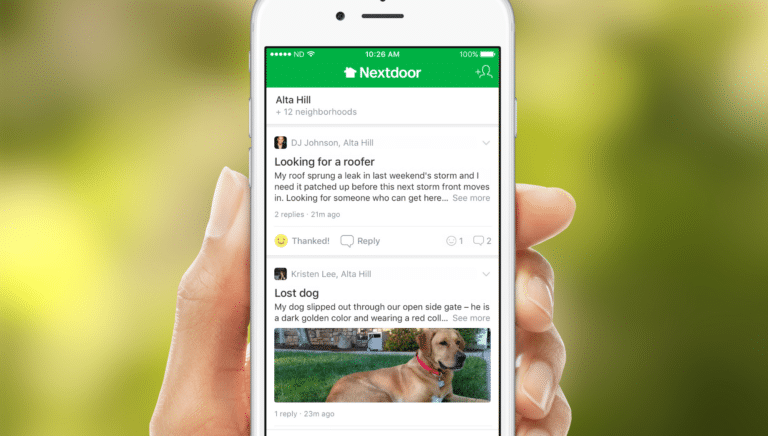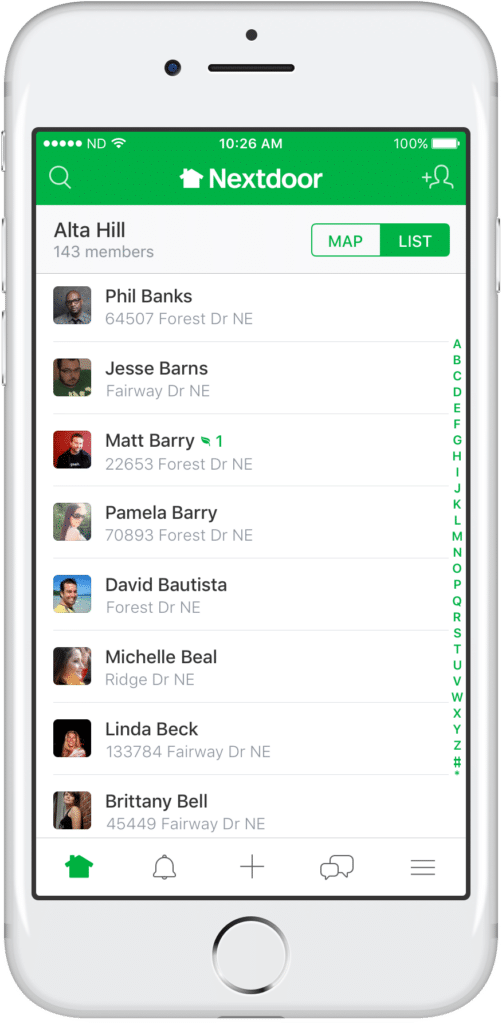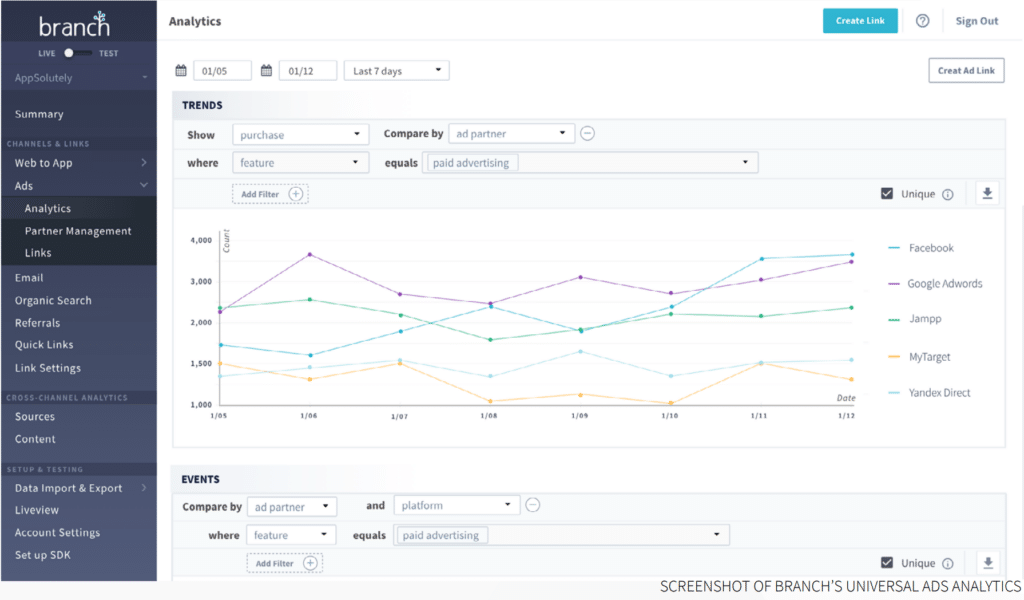Nextdoor is the private social network for your neighbors and community. Nextdoor relies on Branch for accurate advertising attribution, and takes advantage of Branch’s Attribution Engine to identify installs that basic probabilistic modeling loses. With Branch’s Attribution Solution, Nextdoor saw an increase in attributed installs over their traditional basic probabilistic modeling methods.
What’s wrong with legacy attribution technologies?
Nextdoor has long relied on Branch for web-to-app linking and measurement, and naturally thought of Branch to measure the impact of their advertising campaigns.
Specifically, Nextdoor wanted to avoid the two major attribution pitfalls that can lead to skewed ROI: over-attribution (claiming organic installs as paid) and under-attribution (not attributing all their paid installs, and seeing some of them appear as organic). Nextdoor’s complex acquisition funnel led to additional challenges—some users interact with Nextdoor more than once prior to installing the app (visiting the website and later clicking an ad, for example), so legacy basic probabilistic modeling attribution models can’t reliably measure Nextdoor’s user journeys.
What are the challenges with basic probabilistic modeling attribution models?
Basic probabilistic modeling is a technique that relies on modeling a “snapshot” of the user’s device at the time of the click, collecting user agent, operating system, and IP. If possible, other parameters like screen size may also be captured. When an app is opened, a similar snapshot is taken and the attribution provider scans its database of recent clicks to see if any of the click snapshots model the device snapshot from the open.
Basic probabilistic modeling decreases in accuracy over long click-to-install times, and risks misattributing installs for users who switch IPs or users with similar model characteristics (for example, multiple members of the same household).
Don’t measure cookies—measure people across channels, platforms, and devices!
Branch’s Attribution Solution uses a historical record of anonymized and resettable identifiers to build a “link graph” that unifies a user’s cookies and device IDs into a single link graph. By using link graphs instead of cookies or device IDs, Branch can reliably tie conversions on web or in app to the appropriate channel without depending on ad network-supplied device IDs, IPs, short time to install, or alternative conversion paths, like visiting a website first.
The benefit of Attribution is particularly highlighted when used in multiple channels. Nextdoor uses Branch’s deep linking and measurement technology on their website, which means customers who interact with Nextdoor multiple times prior to converting can be deduplicated reliably and scalably, and acquisition credit can be accurately apportioned.
To demonstrate the value of attribution, Branch ran a “simulated attribution comparison” test using a traditional last-click attribution methodology. This test allows the customer to run different attribution models and technologies over historical click and install data to simulate attribution outcomes.
In these simulations, Branch’s Attribution Solution beat basic probabilistic modeling by a country mile. Tests showed that Attribution Solution led to an increase in installs attributed to their paid advertising, while retaining credit for organic channels like their web-to-app banner.
To find out what’s next for Nextdoor, or what made Dan Laufer, Director of Growth and Partnerships, label Branch “always a step ahead”, download the full case study.



